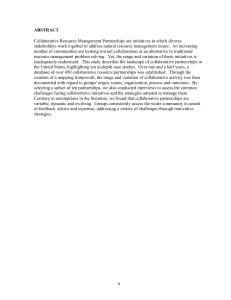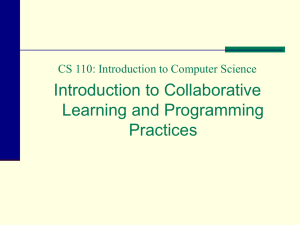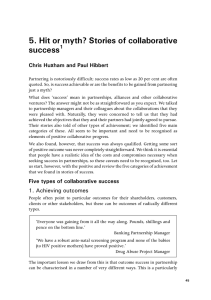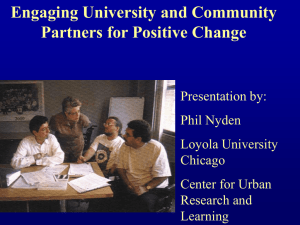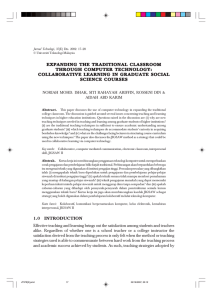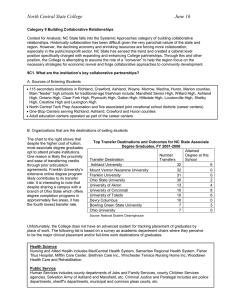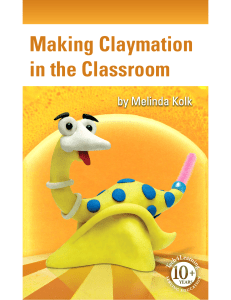Strategic Planning Session: January 26, 2016
advertisement
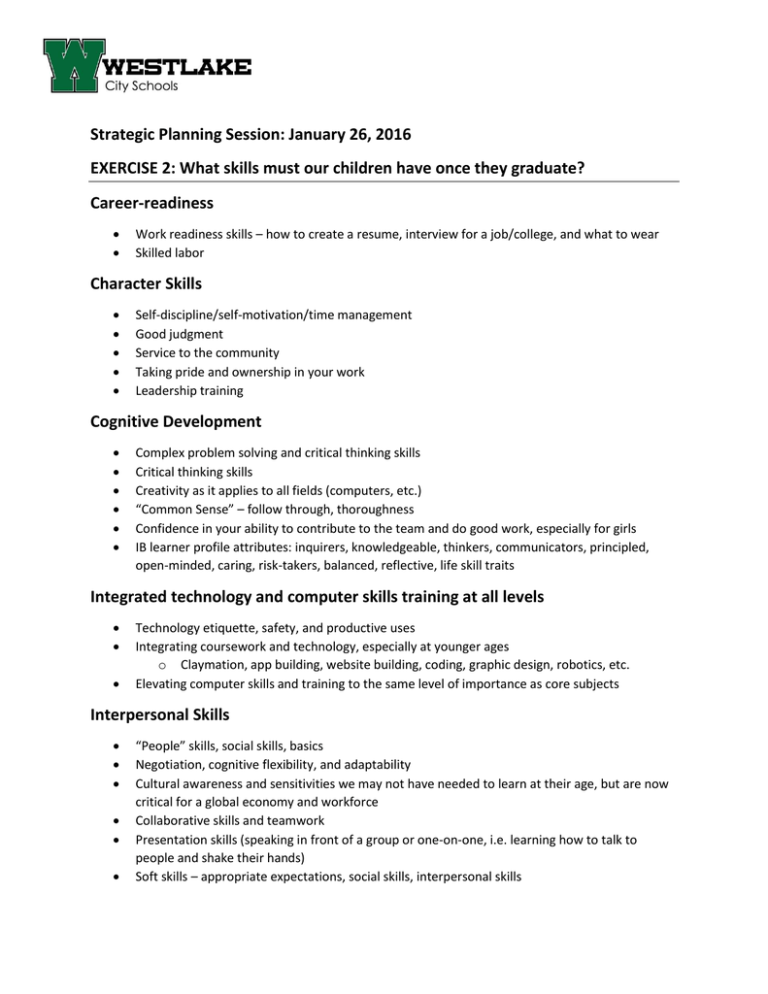
Strategic Planning Session: January 26, 2016 EXERCISE 2: What skills must our children have once they graduate? Career-readiness Work readiness skills – how to create a resume, interview for a job/college, and what to wear Skilled labor Character Skills Self-discipline/self-motivation/time management Good judgment Service to the community Taking pride and ownership in your work Leadership training Cognitive Development Complex problem solving and critical thinking skills Critical thinking skills Creativity as it applies to all fields (computers, etc.) “Common Sense” – follow through, thoroughness Confidence in your ability to contribute to the team and do good work, especially for girls IB learner profile attributes: inquirers, knowledgeable, thinkers, communicators, principled, open-minded, caring, risk-takers, balanced, reflective, life skill traits Integrated technology and computer skills training at all levels Technology etiquette, safety, and productive uses Integrating coursework and technology, especially at younger ages o Claymation, app building, website building, coding, graphic design, robotics, etc. Elevating computer skills and training to the same level of importance as core subjects Interpersonal Skills “People” skills, social skills, basics Negotiation, cognitive flexibility, and adaptability Cultural awareness and sensitivities we may not have needed to learn at their age, but are now critical for a global economy and workforce Collaborative skills and teamwork Presentation skills (speaking in front of a group or one-on-one, i.e. learning how to talk to people and shake their hands) Soft skills – appropriate expectations, social skills, interpersonal skills Strategic Planning Session: January 26, 2016 Exercise 3: What must be true about the Westlake Schools to ensure we can provide students with the skills they need after graduation? Finance: Financial support from the community (2) Proper funding A permanent improvement fund Continued financial transparency A community that is educated on Ohio’s funding for public schools Facilities: Improved, larger, more modern facilities Safe, clean and secure schools (2) Flexible work spaces Facilities that enable and not hinder learning Adequate space to support collaborative inquiry Natural light and good air quality Ability to change outdated technology Teachers that are trained in technology Access to the internet at home 1:1 student to technology ratio Latest (working) educational technology Technology & Curriculum: Outstanding, high achieving clubs, sports, etc. Continue to fully support IB Discontinue IB Solid basic traditional skill- math, critical thinking, language, science, ability to articulate ideas in any format 1 Exercise, adequate food and healthy lifestyle Quality teachers with a passion to teach and can think outside the box to reach all students Adequate staff to meet student needs (including library/media specialists, counselors, aides) Time for regular staff professional development and collaboration Ability to maintain quality teachers and administrative leadership Adequate curricular resources to support learning (library, media, resource materials, access, tutoring and academic coaching) A focused course of study Character building programs Access to AP/Gifted programs to allow students to strive for excellence Ability for students to form their own student groups (with faculty assistance) Culture & Environment: Stable and visionary management Collaborative learning environment Building staff that is sensitive to the social, physical and emotional needs of students (Improved individual student needs, cultural relations and respect) Teachers to feel supported by the district Engaged and involved parents Parental support for students at home Collaborative parent, teacher, administration approach An inclusive community environment -embrace diversity Adequate downtime for students (lunch, recess) Understanding of what drives high performers Community Partnerships & Communications: Professional from community to volunteers as mentors More college/university partnerships Working partnership with City government 2 Partnerships with community organizations to provide work and volunteer/service experience Leverage community & business resources Encourage community involvement in the schools Use varied avenues of communication Ensure communication with parents, community, city Create fluid communication lines between central office, buildings, A strong understanding of the benefits of IB Community must be aware of what the district needs 3
